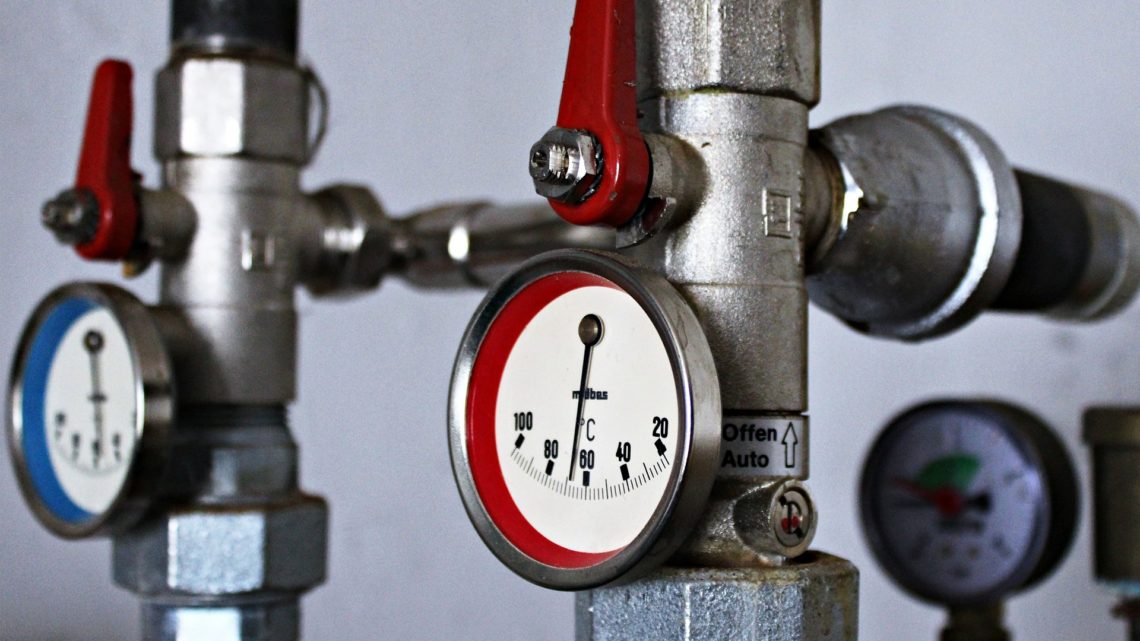
HVAC is a common term that people use, and most have a general idea of what it’s referring to. On the other hand, what exactly does HVAC mean? And, how does it apply to your home? Petro Home Services provides full home services in addition to our HVAC solutions, and we can give you the lowdown on HVAC basics.
What is HVAC?
Defined: HVAC stands for Heating, Ventilation, and Air Conditioning.
HVAC refers to the different systems used for moving air between indoor and outdoor areas, along with heating and cooling both residential and commercial buildings. They are the systems that keep you warm and cozy in the winter and feeling cool and fresh in the summer. They also are the systems that filter and clean indoor air to keep you healthy and maintain humidity levels at optimal comfort levels.
How does HVAC Work?
Each component in your home may be separate, such as a radiant system combined with window air conditioning units. However, it is more common for combined systems such as central heating and AC systems that use a single blower to circulate air via internal ducts in a home, or with a ductless system for different rooms or zones in the house.
HVAC Basics
The purpose of an HVAC system is more than just warming or cooling a space. Instead, it serves to improve indoor air quality and provide comfort for everyone inside a building. While there are several different types of HVAC systems, they all begin with the same essentials…
First, there is a source of fresh air intake from the outside or from within the home. This process is called ventilation, and it happens in two different ways. Natural ventilation is present in most homes and refers to the way air typically moves in and out through windows, doors, vents, and other openings. This exchange of air is necessary to replenish oxygen, and to remove odors, carbon dioxide, unpleasant odors, and excessive moisture.
Mechanical ventilation uses a mechanical system the V in HVAC to move air in and out. In the past, there was plenty of natural ventilation in most homes from gaps and cracks in the construction along with opening and closing of doors. However, modern construction is creating homes that are far more tightly sealed so ventilation is becoming an increasingly important component in home HVAC systems. Once the air is brought in, it is drawn into an air handling unit where the work begins. Here, air is drawn through filters to remove dirt, dust, allergens, and other particles. Next up is comfort. Air is either sent to be heated or sent to be cooled and have excess humidity removed.
Once the air is clean, fresh, and at a comfortable temperature, it is directed into the home. For central systems, this means moving through a network of ducts and registers to different rooms. For other systems, this usually means being directed right into the space.